Kurd Qaburstan is an urban-sized Bronze Age site in northern Mesopotamia, southwest of Erbil in the Kurdistan Region of Iraq. Perhaps to be identified with ancient Qabra (see below), the 118-hectare site consists of an 11-hectare central mound 17 meters high surrounded by a 84-hectare walled lower town. The large size and likely importance of the site can be correlated with its strategic location halfway between the Upper and Lower Zab rivers, as well as its proximity to a pass leading through the hills between Makhmur and Erbil.
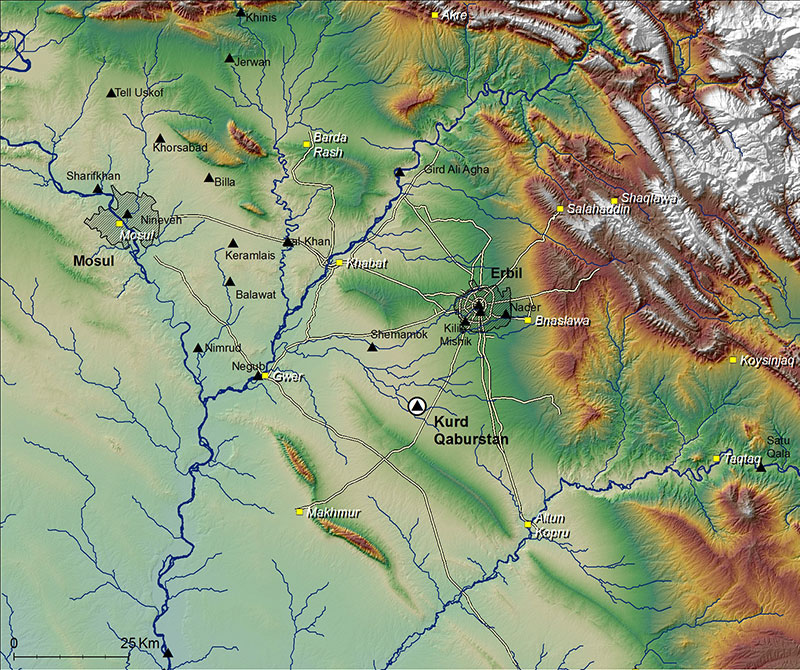
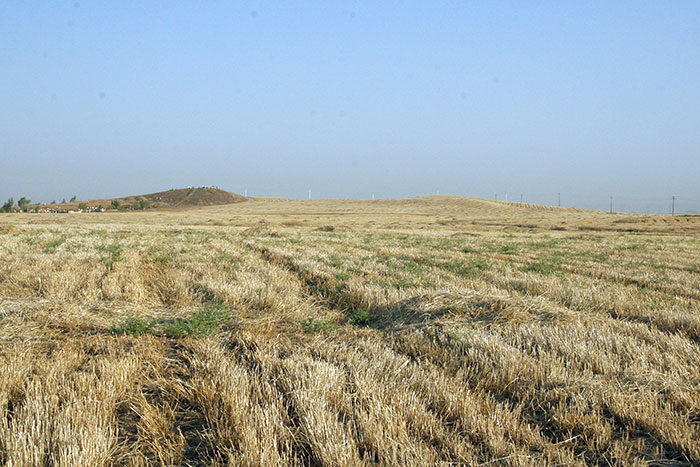
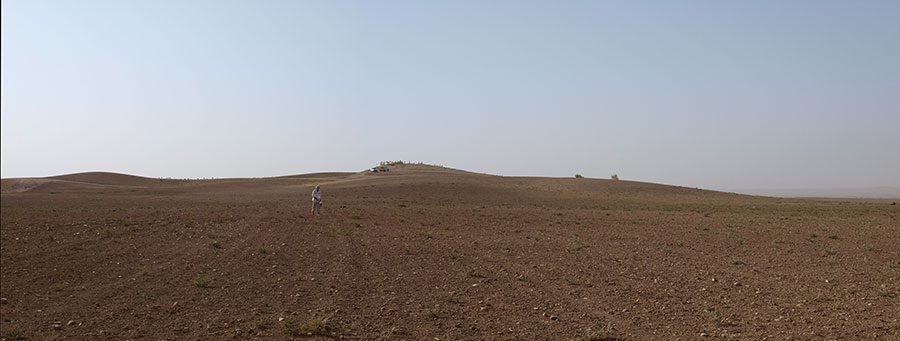

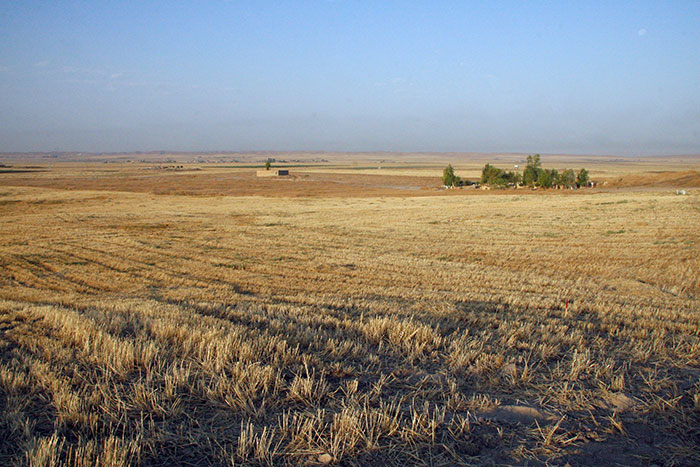
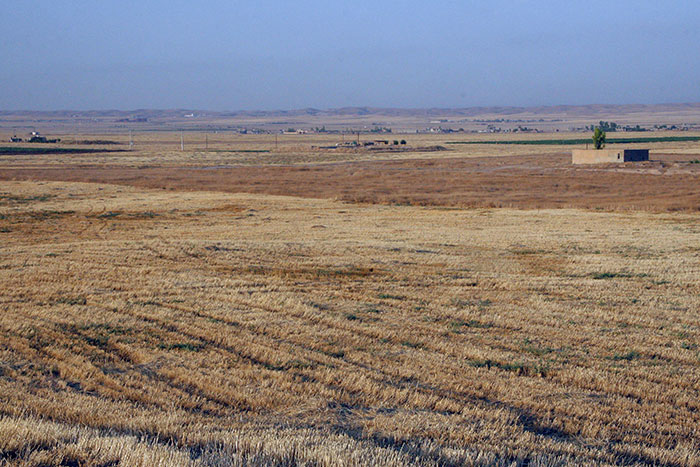
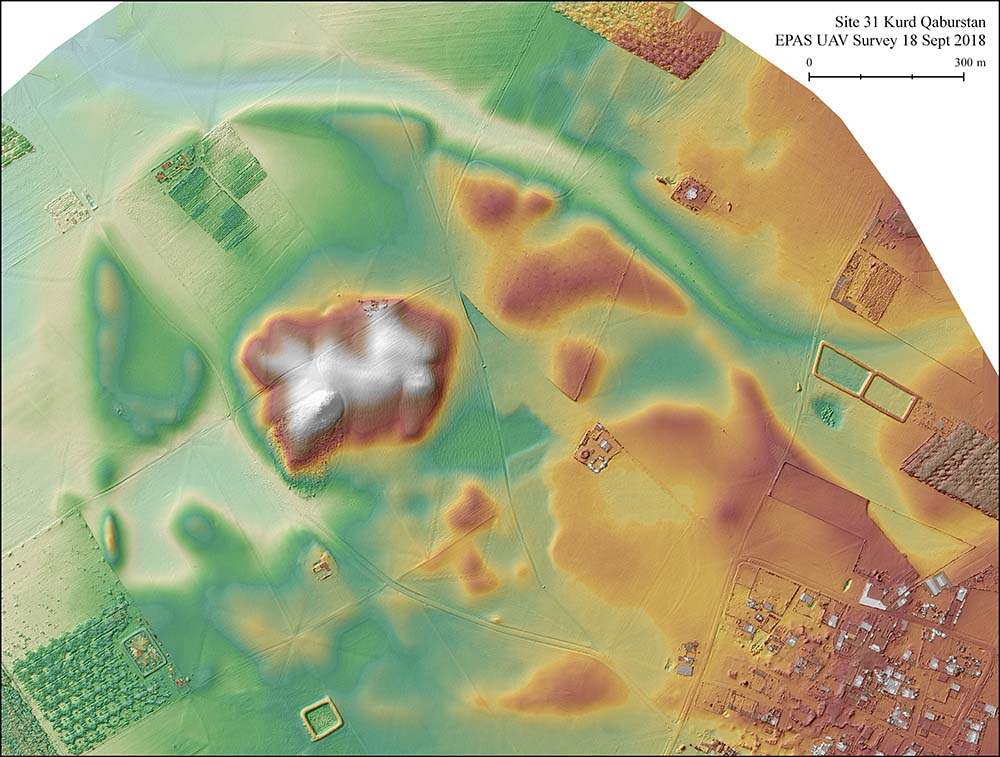
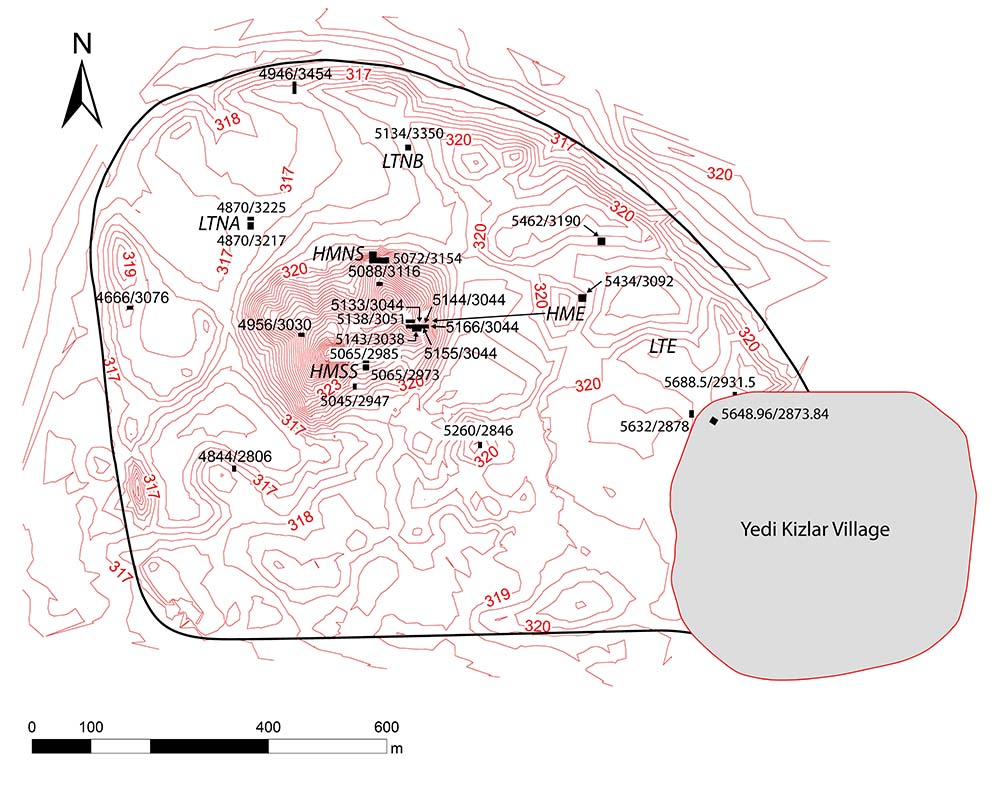
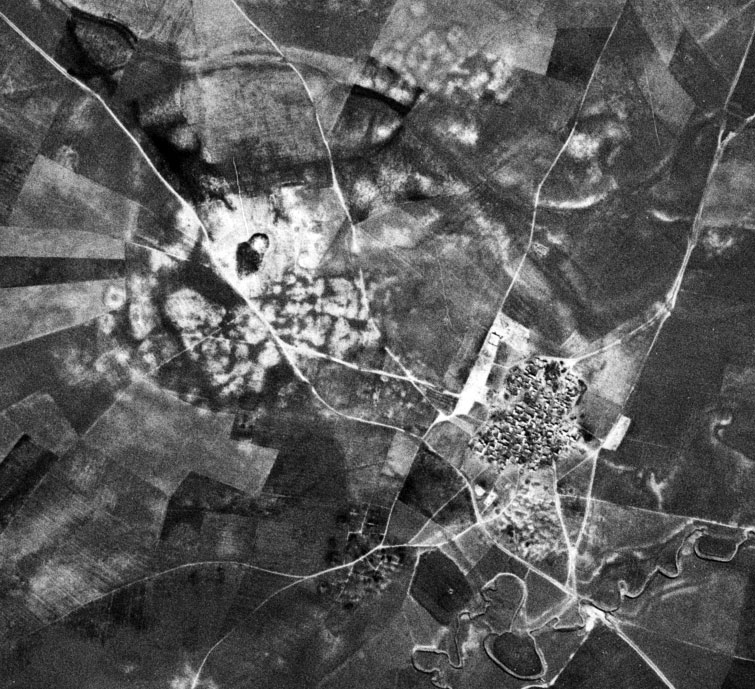
According to the results of surface collection in 2012 by the Erbil Plain Archaeological Survey directed by Jason Ur (Harvard University) and by the Johns Hopkins Kurd Qaburstan project in 2014, the Kurd Qaburstan lower town was primarily occupied in the early second millennium BC (Middle Bronze Age/Old Babylonian period) and (in the southern sector) the Islamic period, while the high mound had evidence of occupation from the early third millennium BC to the first millennium AD (Ur et al. 2013).
The site size, location, and date have led to the proposition that Kurd Qaburstan was a major walled city of the Middle Bronze period (ca. 2000-1600 BC), perhaps to be identified with ancient Qabra, the major city of the Erbil region in the Middle Bronze Age and capital of a kingdom (Charpin 2004; MacGinnis 2013). Two monumental stone steles, one in the Louvre Museum, the other in the Iraq Museum in Baghdad, commemorate the defeat and capture of Qabra by the kings Shamshi-Adad of Assyria and Dadusha of Eshnunna (Aruz et al. 2008; Ismail and Cavigneaux 2003).
Since previous studies of second millennium BC Mesopotamian urbanism have mainly focused on southern Mesopotamia or the Syrian Jezirah, fieldwork at a north Mesopotamian urban center such Kurd Qaburstan offers an opportunity to expand understanding of northern Mesopotamian urban life. The project aims to examine the spatial distribution and character of domestic remains, craft production loci, fortifications, and large-scale public architecture, as well as evidence for distinct neighborhoods, central planning, and symbolic/ideological aspects of urban space.
References Cited
MacGinnis, J.
2013 Qabra in the Cuneiform Sources. Subartu 6-7: 3-10.
Ur, J., L. de Jong, J. Giraud, J. Osborne, and J. MacGinnis.
2013 Ancient Cities and Landscapes in the Kurdistan Region of Iraq: The Erbil Plain
Archaeological Survey 2012 Season. Iraq 75: 89-117.
Aruz, J., K. Benzel and J. Evans (eds.)
2008 Beyond Babylon: Art, Trade and Diplomacy in the Second Millennium B.C. New York:
Metropolitan Museum of Art
Charpin, D.
2004 Histoire politique du proche-Orient Amorrite (2002-1595). In P. Attinger, W.
Sallaberger, and M. Wäfler (eds.), Mesopotamien: die altbabylonische Zeit (Orbis Biblicus et Orientalis 160/4), 25-480. Fribourg: Academic Press.
Ismail, B. and A. Cavigneaux
2003 Dadusas Siegelstele IM 95200 aus Esnunna: Die Inschrift. Baghdader Mitteilungen
84: 129-56
